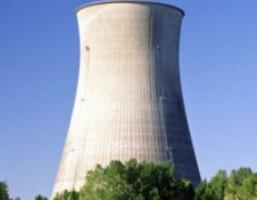
Section Branding
Header Content
Potential Radiation Exposure Increases
Primary Content

The potential for maximum radiation exposure to people in the Augusta area from the Savannah River Site increased by about 20 percent in 2008 from the year before, according to an annual environmental review of the site.
Savannah River Nuclear Solutions, the site's manager, blames the increase in part on record low flows on the Savannah River during a drought last year.
But officials say the maximum exposure was minuscule, only a tiny fraction of what the federal government considers safe, and well below the exposure an average American receives from natural sources.
Researchers conducted extensive environmental monitoring within a 2000-square-mile area extending 25 miles from the site, with some monitoring occurring up to 100 miles away in Georgia and South Carolina, according to the study. The study measured thousands of samples of air, rainwater, surface water, drinking water, groundwater, food products, wildlife, soil, sediment and vegetation.
The Savannah River Site is a massive federal entity near Augusta that once produced nuclear materials for weapons.
Tags: Georgia, Augusta, South Carolina, nuclear, U.S. Department of Energy, Savannah River Site, nuclear materials, Aiken, Savannah River Nuclear Solutions, millerem, radiation, radiation exposure, Augusta Georgia area radiation exposure
